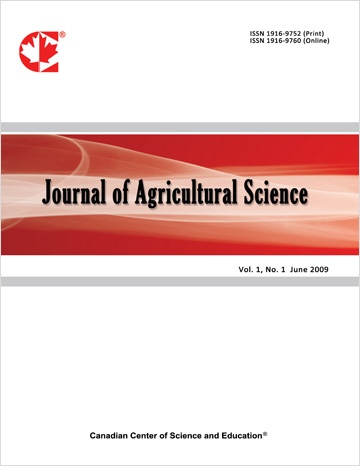Microbiological Quality and Sensory Aspects of Greek Yoghurt With the Addition of Carambola Jam (Averrhoa carambola)
- Mailson Gonçalves Gregório
- Alícia Nayana dos Santos Lima de Brito
- Nágela Maria Henrique Mascarenhas
- Moisés Sesion de Medeiros Neto
- Luís Paulo Firmino Romão da Silva
- Semirames do Nascimento Silva
- Morgana Aragão Araújo
- Airton Gonçalves de Oliveira
- Roberta de Oliveira Sousa Wanderley
- Joana D’arc Paz Matos
- Larissa Monique de Sousa Rodrigues
- Maria Suiane de Moraes
- Carolaine Gomes dos Reis
- Francislaine Suelia dos Santos
- Daniela Dantas de Farias Leite
- Polyana Barbosa da Silva
- Agdylannah Felix Vieira
- Raimundo Calixto Martins Rodrigues
- Magaly Morgana Lopes da Costa
Abstract
The search for nutritious and practical foods during consumption is one of the challenges of the food industry and Greek yogurt with added fruit meets these needs. Therefore, the aim was to prepare Greek yogurt with the addition of different concentrations of carambola jam, as well as to analyze its microbiological quality and its sensory acceptance. Three formulations of Greek type yoghurts were prepared with the addition of different concentrations of star fruit jam F1 (10), F2 (15) and F3 (20)%, respectively, where they were subjected to microbiological analysis (coliforms at 45 °C, Estaf. coag.positiva (UFC/g) and Salmonella sp.) and sensory analysis, being analyzed the index of sensory acceptance and the intention to buy. The three formulations produced showed excellent microbiological results, that is, all the results obtained are within the standards established by current legislation. With regard to sensory analysis, the formulation F1 (10%) presented the highest acceptance rate in all sensory attributes, with higher values of AI above 85% and with purchase intention close to “certainly would buy the product”. Therefore, the yogurts elaborated in this research have the ideal microbiological safety for consumption, without compromising the consumer’s health and with excellent sensory acceptance
- Full Text:
 PDF
PDF
- DOI:10.5539/jas.v13n2p49
Journal Metrics
- h-index: 67
- i10-index: 839
- WJCI (2023): 0.884
- WJCI Impact Factor (2023): 0.196
Index
- AGRICOLA
- AGRIS
- BASE (Bielefeld Academic Search Engine)
- Berkeley Library
- CAB Abstracts
- ChronosHub
- CiteSeerx
- CNKI Scholar
- Copyright Clearance Center
- CrossRef
- DESY Publication Database
- DTU Library
- e-Library
- EBSCOhost
- EconPapers
- Elektronische Zeitschriftenbibliothek (EZB)
- EuroPub Database
- Excellence in Research for Australia (ERA)
- Google Scholar
- Harvard Library
- IDEAS
- iDiscover
- Jisc Library Hub Discover
- JournalTOCs
- KindCongress
- LIVIVO (ZB MED)
- LOCKSS
- Max Planck Institutes
- Mendeley
- MIAR
- Mir@bel
- NLM Catalog PubMed
- Norwegian Centre for Research Data (NSD)
- Open J-Gate
- OUCI
- PKP Open Archives Harvester
- Polska Bibliografia Naukowa
- Qualis/CAPES
- RefSeek
- RePEc
- ROAD
- ScienceOpen
- Scilit
- SCiNiTO
- Semantic Scholar
- SHERPA/RoMEO
- Southwest-German Union Catalogue
- Standard Periodical Directory
- Stanford Libraries
- SUDOC
- Swisscovery
- Technische Informationsbibliothek (TIB)
- Trove
- UCR Library
- Ulrich's
- UniCat
- Universe Digital Library
- WorldCat
- WRLC Catalog
- Zeitschriften Daten Bank (ZDB)
Contact
- Anne BrownEditorial Assistant
- jas@ccsenet.org
